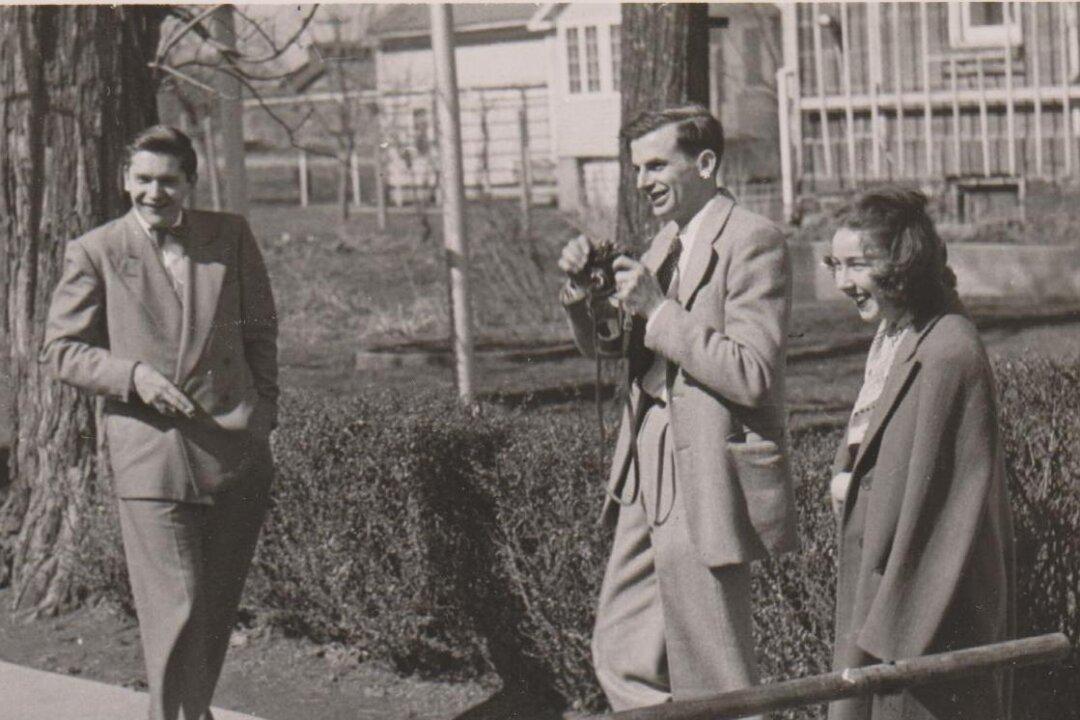Even a casual “Twilight Zone” viewer may recognize the now iconic Mystic Seer fortune-telling box from the episode “Nick of Time.” Its signature winking bobble-head “seer” atop a common table napkin dispenser has grinned through black and white television screens since 1960. The sly, toy figure that grants a brief glimpse into the future personifies a prescient lesson on temptation, and the power of ideas to oppress the mind.
A young salesman, Don (William Shatner), and his wife, Pat (Patricia Breslin), are traveling across Ohio on their honeymoon. The car breaks down and needs repairs in a small town. While waiting, the young couple enter a small diner for lunch and find a Mystic Seer machine on the table, which will tell fortunes for a penny.




